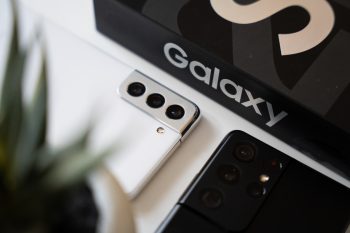
5 reasons why the Samsung Galaxy S21 was a flop
Every year without fail, many Android users look forward to seeing what Samsung has in store with the Galaxy S-series. It is the company’s flagship phone lineup that has catapulted them into stardom, but with the Galaxy S21, it seems that the phone isn’t selling very well compared to its predecessors.
According to the numbers, the Galaxy S21 shipped almost half the number of units in the first six months of its availability compared to the Galaxy S10, a phone that was released just two years ago. To be more specific, we’re looking at 13.5 million shipped units of the Galaxy S21 versus the 25.5 million units of the Galaxy S10.
Even the 2020 Galaxy S20 fared better at 17 million units, but even then, that was a decline. That being said, what gives? Why is there such a drastic drop? While it’s hard to say why, here’s our theories.
Blame the pandemic
The pandemic has not only wreaked havoc on our way of life and the normal as we know it, but it has also unfortunately put a lot of people out of work and out of business. Businesses that would rely on crowds and walk-in customers found themselves with a fraction of their usual customers and orders.
Ultimately this means that people have less cash to spend and might save it for a rainy day and essentials rather than splurging it on a brand new phone. In this instance, it wouldn’t necessarily be Samsung’s fault, which brings us to our next point.
It’s too damn expensive!
With people having less cash to spare and to spend on luxuries like a new phone, Samsung has gone ahead and priced its Galaxy S21 series pretty much the same as its predecessors. This meant that we are looking at phones that based on the model you chose and the storage configuration, would cost you easily over $1,000.
While other companies like Apple haven’t deviated from pricing, Samsung could have easily capitalized on the situation to price their phones cheaper and make them more appealing, especially with the current situation the economy is in.
Unnecessary downgrades to the display
This would have been fine and understandable, but the fact that the Galaxy S10 and Galaxy S20 phones came with a QHD display makes it even less value for money. In fact, the Galaxy S10+’s pixel density of 522 PPI puts the Galaxy S21+’s 394 PPI to shame.
No charger? Well, that backfired
Plus, the Galaxy S21 Ultra dropped support for 45W fast-charging, a feature that was present in its predecessor, meaning that the max speeds users would get is 25W, same as the lower-end models.
Fixed memory with no room to grow
This meant that users who were long used to microSD cards and expandable storage suddenly found themselves having to juggle their phone’s storage. Making this worse was the fact that the phones topped out at 256GB of storage, while only the Ultra model allowed users to purchase a 512GB option.
Conclusion
There were a lot of missteps Samsung made this year for the Galaxy S21 series. For a phone that was supposed to be better, it felt like there was a lot of cost-cutting measures involved for a phone that was supposed to be the best of the best. Perhaps Samsung thought that with their reputation, customers would still support them anyway.
Unless the numbers are wrong, it looks like this was a gamble that did not pay off. Samsung is far from being in any real trouble, but they definitely need to come up with a killer handset for 2022 if they want to redeem themselves.